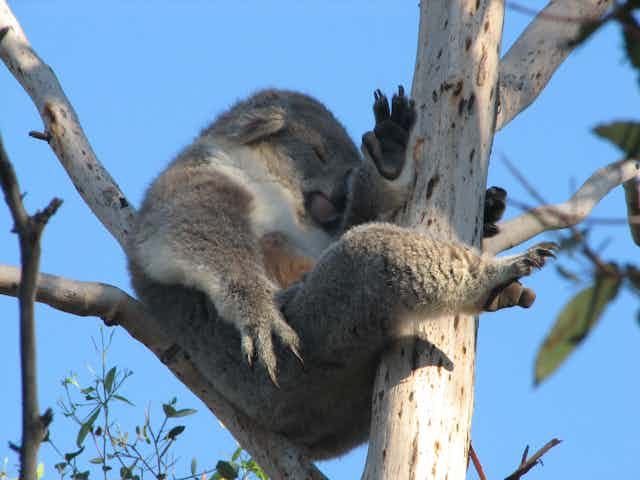When it comes to biodiversity spending, Australia is one of the bottom 40 countries in the world. It’s not the only rich country to feature low on the list (Finland, for example, also did pretty badly) but it’s a troubling result for a nature-conscious, developed country with a treasure trove of biodiversity.
In our recently published study we calculated these rankings by analysing how conservation money was spent globally from 2001 to 2008. More money is spent if the country is richer, if the cost of conservation is higher, or if there are more threatened species. This is not surprising.
However, this analysis lets you compare all countries statistically. It tells you what an “average” country would spend if that country were the same as Australia in GDP, cost of living, territory size, number of threatened species, and other economic and political conditions.
There probably isn’t a country in the world that spends enough to save its biodiversity from extinction. So countries that are serious about conservation should be trying to beat this rather unimpressive “average country” comparison. Unfortunately Australia falls short of the average by about one third of a billion dollars per year.
While this is a damning figure, Australia faces a difficult challenge in saving its conservation. It has a smaller GDP than Spain or Italy, yet vastly more to conserve, and in vastly more territory. So despite spending approximately three quarters of a billion dollars a year on biodiversity conservation from 2001 to 2008 (actual parks spending may be a little higher, but some of the money goes on roads and campsites), it fares badly in comparison to other developed countries. This burden mostly falls to the individual States and Territories, which carry the lion’s share of the funding expenditure.
We still don’t know how much Australia would really need to spend to seriously slow or halt its alarming biodiversity loss. Several groups have suggested that a good start would be to spend another A$400 million to complete the protected area system. But a total figure has not been agreed upon. A recent study by BirdLife suggests that the required conservation funding for the whole Earth might be ten times what we’re currently spending.
Our study did not aim to provide suggestions on where any extra money would be best spent. Australia is already a world leader in these calculations – look up Hugh Possingham, Kerry Wilson and Josie Cawardine for just a few examples of experts in this area. With limited money available for biodiversity conservation, extra efficiency certainly helps, but can’t solve the problem.
Our study also didn’t suggest how to redistribute the global conservation budget between countries. Nobody has the authority to take 95% of Britain’s conservation budget and move it to the Congo. Instead, we let each country know where it stands in terms of its conservation investment. Nevertheless, we think that international funders could better coordinate the distribution of biodiversity aid. That’s a study for the future.

